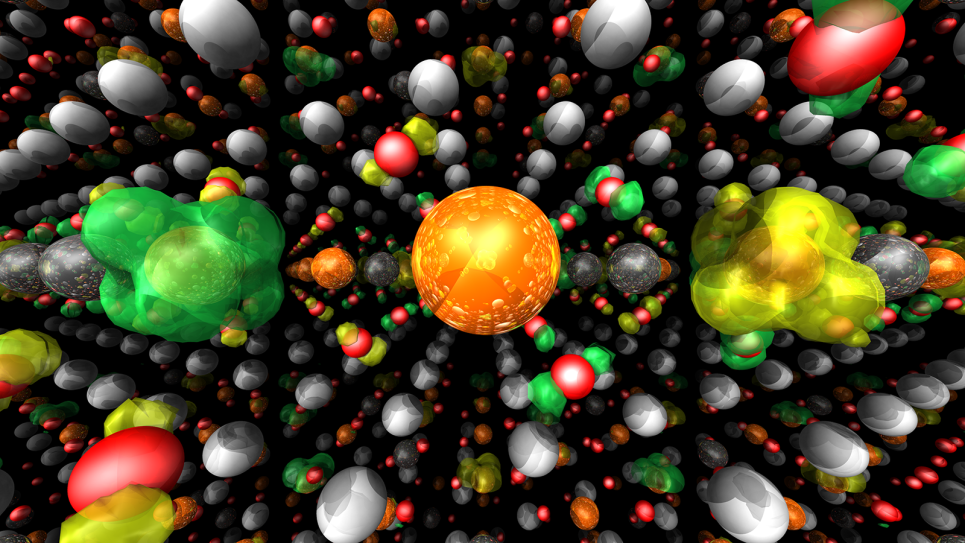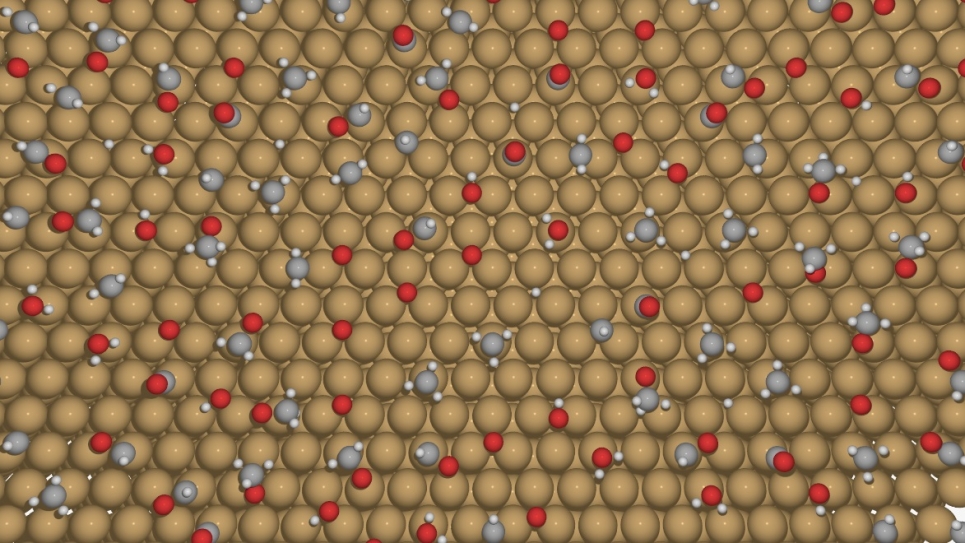
Simulations of Deflagration-to-Detonation Transition in Reactive Gases
Hydrogen is an abundant, environmentally friendly fuel with the potential to reduce our dependence on foreign oil, improve the environment, and boost our economy. Researchers led by Alexei Khokhlov of the University of Chicago are using Argonne Leadership Computing Facility supercomputing resources to understand how hydrogen transitions from burning to detonation, thereby furthering efforts to bring hydrogen fuel safely into our everyday lives.
In reactive gases, the process of transition from slow burning to detonation is called ‘deflagration-to-detonation transition,’ or DDT. Predicting DDT in various combustion settings is an outstanding combustion theory problem. Led by Alexei Khokhlov, the High Speed Combustion and Detonation (HSCD) project is performing first-principles, reactive flow Navier-Stokes fluid dynamic simulations of DDT at the ALCF. These extremely detailed computer models allow researchers to safely study how hydrogen burns. Ultimately, this knowledge may help make hydrogen a viable fuel alternative for powering vehicles and for use in other industrial applications.
With an allocation of resources made available through the DOE’s INCITE program, HSCD has conducted simulations that have reproduced a transition from strong to weak ignition in a hydrogen-oxygen mixture with decreasing Mach numbers. In these simulations, the location of the initiation spot moves away from the end wall of the shock tube. At the same time, the ignition time delay decreases compared to an adiabatic induction time in ideal reflected shock conditions whereas for a strong ignition regime, the ignition time coincides with the adiabatic predictions. These results are fully consistent with experimental observations and represent a significant advancement for the project. The next steps will be to analyze and understand the physics underlying flame acceleration and DDT transition in long tubes.


